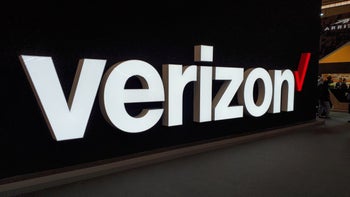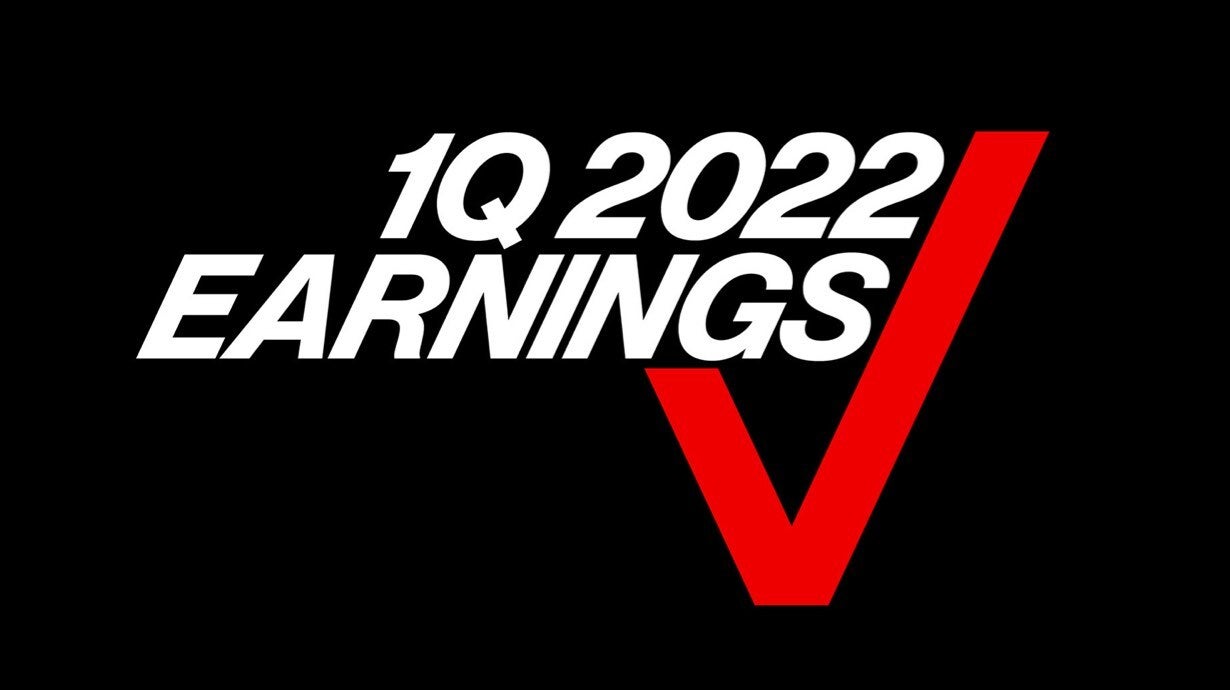Verizon reports industry leading 143 million retail connections

Verizon reported its first-quarter numbers on Friday and this quarter happened to include the launch of its 5G C-band network. This was important to the carrier because when it started building out its mobile 5G pipeline, Verizon decided to work on its 5G mmWave high-band service first. But those signals don't travel too far and are easily blocked by structures. So while mmWave delivers the fastest 5G download data speeds, good luck trying to find a signal.
Without any mid-band spectrum to speak off, Verizon spent $45 billion in an FCC auction to license mid-band spectrum in the C-band. While these signals aren't as fast as mmWave, they are more easily found by subscribers because they travel longer distances than mmWave. And then Verizon got downright sneaky.
Verizon lost 36,000 net retail postpaid phone subscribers in Q1, less than Wall Street expected
The nation's largest carrier used to consider its mmWave service to be its Ultra Wideband plan, marketing it as being Ultra-Fast. But what Verizon didn't tell subscribers was that it was Ultra-impossible to find mmWave coverage. So instead of expanding the coverage of its Ultra Wideband service (which would have been quite an expensive endeavor, in March Verizon changed the definition of its Ultra Wideband service to include the mid-band 5G signals in the C-band.

Verizon reported that it had an industry leading 143 million retail wireless connections in Q1
As we pointed out above, the C-band speeds are lower than those for mmWave, but they are more readily available. So while more Verizon subscribers will see the UW on their 5G phone's status bar, that no longer indicates that they are connected to Verizon's fastest 5G signals. Put it this way, while mmWave 5G download speeds peak at 1Gbps and average 300Mbps, 5G over the C-band tops out at 300Mbps and averages about 150Mbps.
All of this exciting drama took place in the first quarter of 2022, which happens to be the time period covered by today's earnings release. And while it might not have had anything to do with the change in Verizon's Ultra Wideband coverage, the carrier did lose 36,000 net retail postpaid phone accounts in the first quarter of 2022. That beat estimates of a 49,000 decline and was an improvement of 79.8% from the 178,000 net postpaid phone accounts Verizon lost during the same quarter last year.
The number of postpaid accounts during Q1 rose by 269,000 on a net basis compared to a loss of 170,000 during the same time period last year. The number of retail prepaid accounts declined by 80 million compared to the previous year's addition of 19,000. The total number of retail wireless net additions was 189,000 vs. a loss of 151,000 in 2021's initial quarter.
Average revenue per postpaid account came to $144.87 monthly
After the first quarter, Verizon had 35,224 postpaid accounts, up .1%. Each account had 3.38 connections giving Verizon over 119 million postpaid connections, up 2.1% year-over-year. The carrier saw the number of prepaid connections soar from 4.06 million to 23.77 million thanks to the acquisition of MVNO TracFone which closed in November. The total of 143 million retail connections leads the industry.
Retail postpaid phone churn was .83% while retail postpaid churn was 1.04%. Retail prepaid churn was 3.69% (prepaid churn is typically higher than postpaid as subscribers can decide to select a new carrier at the end of every month. Total retail churn rose from last year's Q1 figure of 1.14% to 1.48%.
The average revenue per account on the postpaid side of the biz came in at $144.87, up a slim 2.2% compared to last year's $141.74 during Q1. The average revenue per each prepaid user for the first quarter rang up at $30.89, down 13.4% from 2021's $35.66. That figure also appears to be impacted by the purchase of TracFone.
Wireless Service revenue rose 9.5% to $18.34 billion, and equipment sales rose 28.2% to $6.34 billion. Total wireless revenue for Verizon came to $26.5 billion during the first quarter, up 11.7%. Verizon now expects revenue growth in wireless service for all of 2022 to come in at the bottom of its 9% to 10% range.
Verizon Chairman and CEO Hans Vestberg said, "The January launch of C-Band and expansion of our 5G Ultra Wideband network helped to amplify our fixed wireless momentum in both Consumer and Business, with quarterly additions 2.5 times that of our fourth-quarter performance, and drove momentum in wireless upgrades.
The executive added, "We continue to accelerate our C-Band network build with our goal of reaching at least 175 million people by the end of the year and, with the recent early clearing spectrum announcement, we now have the ability to deploy more of this spectrum a full year sooner."










Things that are NOT allowed: